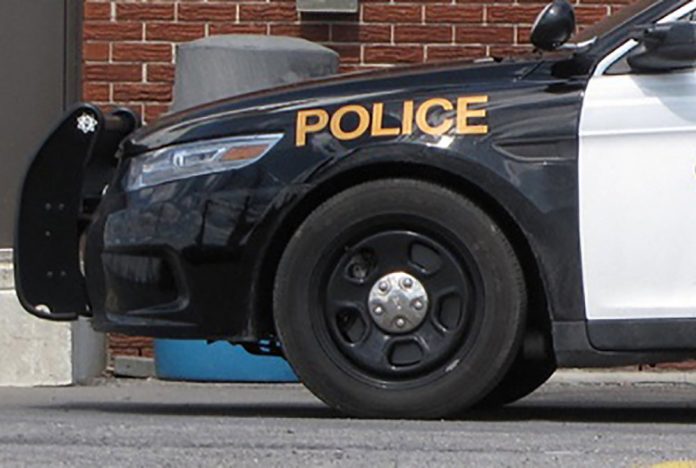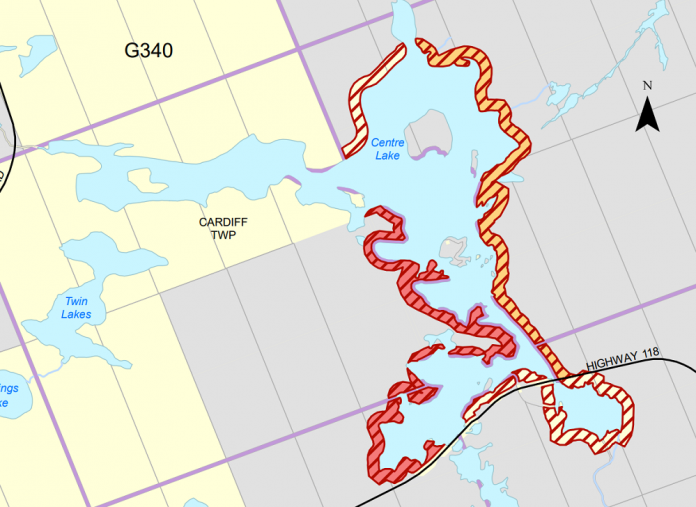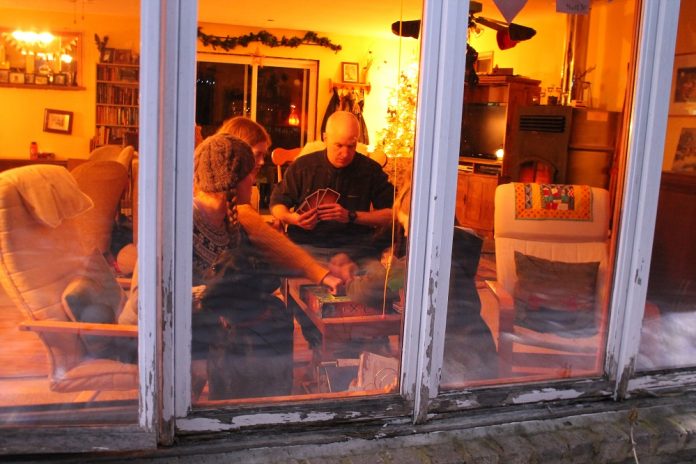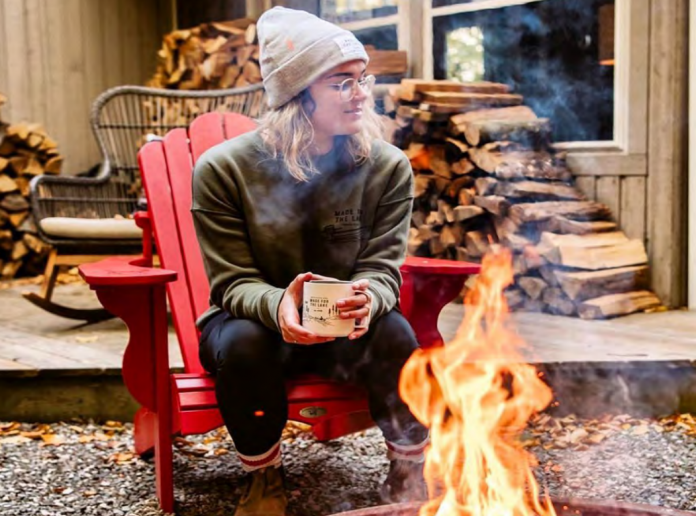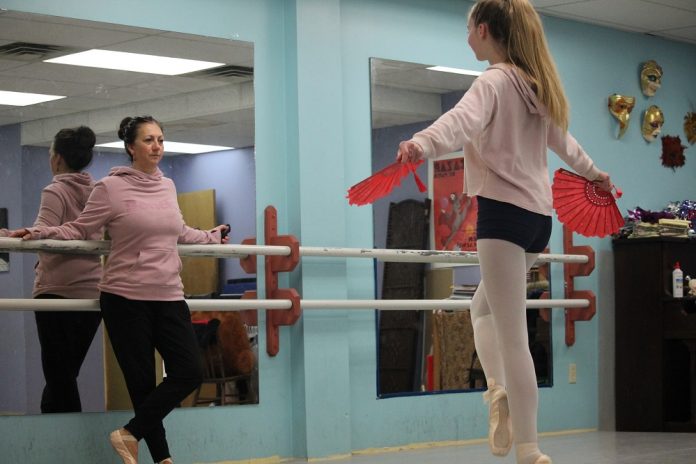The board of directors for Kawartha Haliburton Crime Stoppers is appealing to the public for help to save the non-profit organization from closing.
“KH Crime Stoppers, along with many charities in light of COVID, has seen a drop in donations and their charitable events this past year,” said president Gary Burns.
“It would be a very sad day for Haliburton and Kawartha Lakes if the local Crime Stoppers program closed.”
The organization, which receives no federal or provincial government funding and relies solely on individual and corporate donations, held a recent meeting to discuss its future.
“We believe that a responsible board must consider all options and have plans in place,” Burns said.
“We will do everything in our power to keep this vital service available to the community, including asking the community we serve for help.”
The local program offers numerous benefits to the City of Kawartha Lakes and Haliburton County, according to Burns, including the ability for individuals to report crime anonymously. He said the option gives people who may be in vulnerable situations or fearful of their safety the avenue they need.
“They are never required to testify, and we don’t collect any identifying information,” he said.
Haliburton Highlands OPP detachment commander, Liane Spong, said many tips to Crime Stoppers have led to arrests, charges and property being recovered.
The local Crime Stoppers has helped police make more than 419 arrests, kept $34,171,283 worth of drugs off the street, resulted in $1,960,182 of returned property, and contributed information for up to 70 weapons seized, over the course of the program’s life, Burns said.
Spong said the OPP is firmly committed to the program, including supporting Crime Stoppers coordinators through their OPP Community Safety Services Bureau.
“I hope in light of Crime Stoppers distributing a media release outlining their need for assistance, the community will rally behind their program in 2021 to ensure this service continues,” she said.
“Crime Stoppers is an invaluable investigative tool for Ontario police services across the province, the country and here at the Haliburton Highlands OPP detachment as well. The transfer of intelligence is a critical piece in our mission to serve our province by protecting its citizens, upholding the law and preserving public safety.” Burns said.
“With everything we hear in the news, read in the paper, or see online about drugs and crime in our community, we can’t afford to lose this program.
“The board of directors is committed to looking at new ways to secure donations and funds to continue to operate, but we will need help.”
Burns asks that people consider making a donation, which can be done online at khcrimestoppers.com, by cheque made payable to “Kawartha-Haliburton Crime Stoppers Inc” mailed to PO BOX 155, Lindsay, ON K9V 4R8 or for sponsorship or other inquiries email admin@ khcrimestoppers.com.
In addition Burns said, “We are also looking for additional board members who are looking to volunteer a little of their time and expertise.”


